Asian soups are a world of flavors, each bowl carrying the essence of diverse cultures, ingredients, and traditional cooking methods. From comforting broths to vibrant noodle soups, these dishes not only warm the soul but also offer a nourishing experience packed with spices, herbs, and fresh ingredients. Let’s take a culinary tour through some of Asia’s most beloved soup recipes that you can easily recreate in your own kitchen.
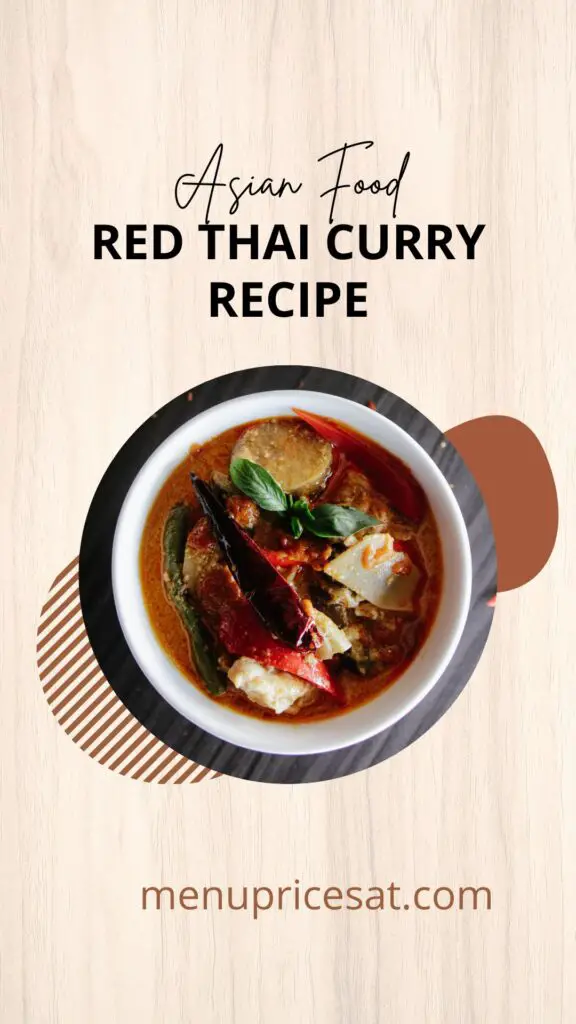
- Why Asian Soups Are So Special
- Classic Asian Soup Recipes to Warm Your Heart
- Key Ingredients in Asian Soup Recipes and Their Benefits
- Tips for Perfecting Your Asian Soups
- Variations to Try
- Final Thoughts on Asian Soups
Why Asian Soups Are So Special
Asian soups are far more than appetizers; they’re hearty, filling, and incredibly versatile. They use the freshest ingredients and unique seasonings that provide layers of depth in every spoonful. Here’s a table summarizing some classic Asian soups and the regions they’re most popular in:
| Soup Name | Origin | Key Ingredients |
|---|---|---|
| Pho | Vietnam | Beef, rice noodles, basil, lime |
| Ramen | Japan | Wheat noodles, pork, miso, seaweed |
| Tom Yum | Thailand | Shrimp, lemongrass, lime, chili |
| Wonton Soup | China | Pork, shrimp, green onions, wontons |
| Laksa | Malaysia/Singapore | Coconut milk, rice noodles, chicken |
| Samgyetang | Korea | Ginseng, chicken, rice |
| Sinigang | Philippines | Pork, tamarind, water spinach |
| Beef Noodle Soup | Taiwan | Beef, star anise, wheat noodles |
Each of these soups reflects its region’s unique taste profile, with fresh, authentic ingredients bringing out the signature flavors of each culture.
Classic Asian Soup Recipes to Warm Your Heart
1. Vietnamese Pho
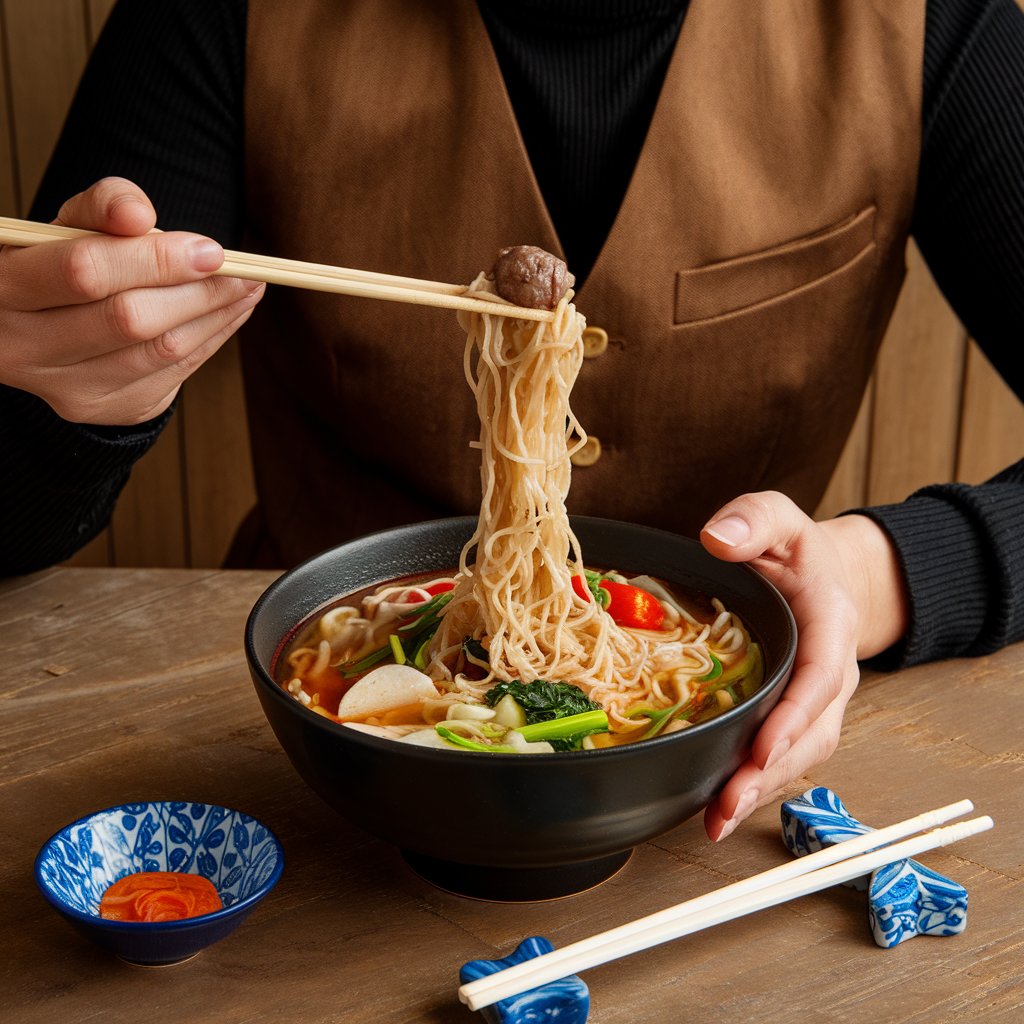
Pho is a staple in Vietnamese cuisine, made with a deeply flavored broth and tender rice noodles, garnished with basil, lime, and thin slices of meat (typically beef or chicken).
Ingredients:
- 1 lb beef bones
- 1 onion, halved
- 1 ginger piece (2-inch)
- 4 cloves
- 1 star anise
- 8 cups water
- Rice noodles
- Sliced beef (optional: chicken or tofu)
Instructions:
- Roast bones, onion, and ginger for 15-20 minutes at 400°F.
- Simmer the roasted ingredients with cloves, star anise, and water for 6-8 hours.
- Strain and serve hot with noodles, meat, and garnishes like basil and lime.
2. Japanese Ramen
Ramen, with its hearty broth and chewy wheat noodles, is a Japanese comfort food with multiple regional varieties. Whether you enjoy miso, shoyu, or tonkotsu ramen, this recipe will set you up for a delicious experience.
Ingredients:
- 1 lb pork bones
- 4 cups chicken broth
- Miso paste (or soy sauce)
- Wheat noodles
- Toppings: boiled egg, green onions, seaweed
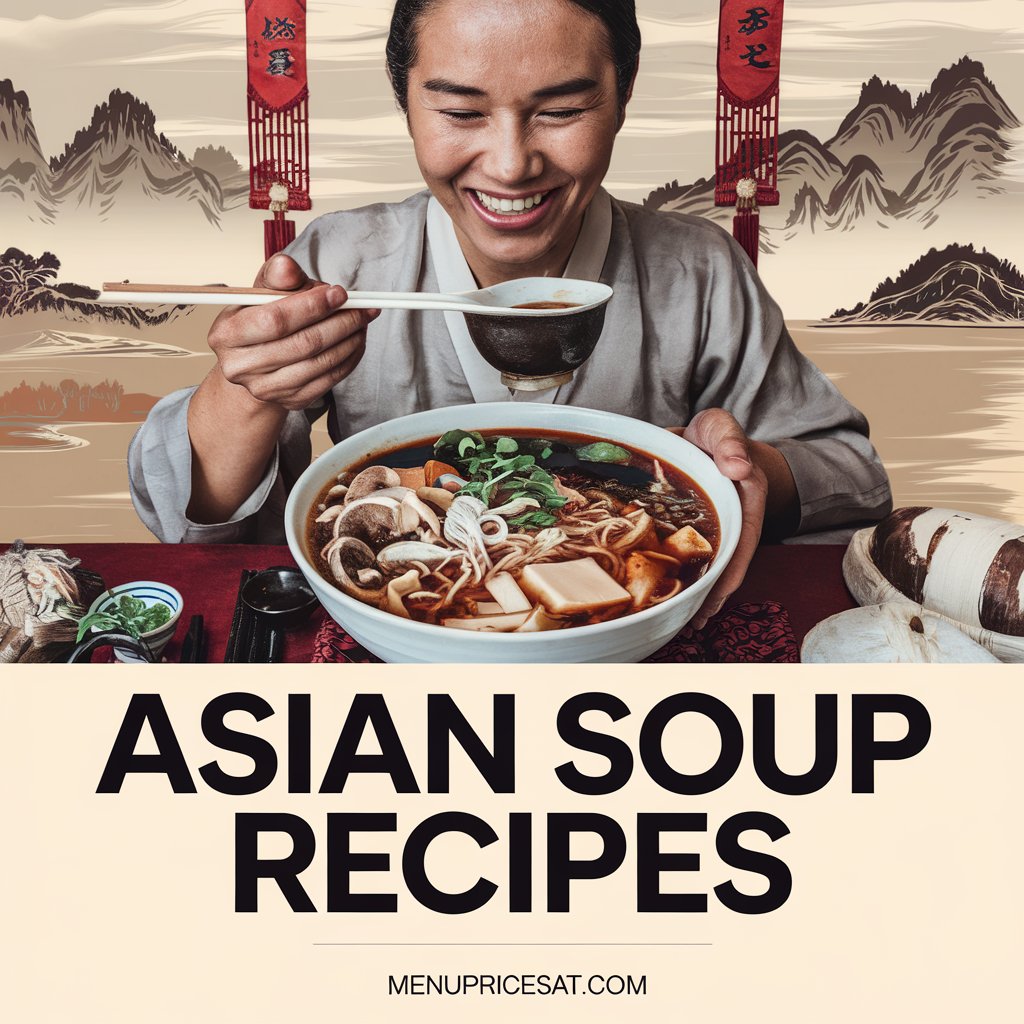
Instructions:
- Simmer pork bones and chicken broth for 5-6 hours.
- Add miso or soy sauce for flavor.
- Cook noodles separately and add to the broth.
- Serve with toppings of choice.
3. Thai Tom Yum
This spicy and sour soup combines lemongrass, lime leaves, and chili for an intense yet refreshing experience. Tom Yum is especially popular with shrimp but can be made with chicken or tofu as well.
Ingredients:
- 1 lb shrimp
- 3 cups chicken broth
- 2 lemongrass stalks
- 4 lime leaves
- 3 Thai chilies, crushed
- Fresh lime juice, mushrooms, and cilantro
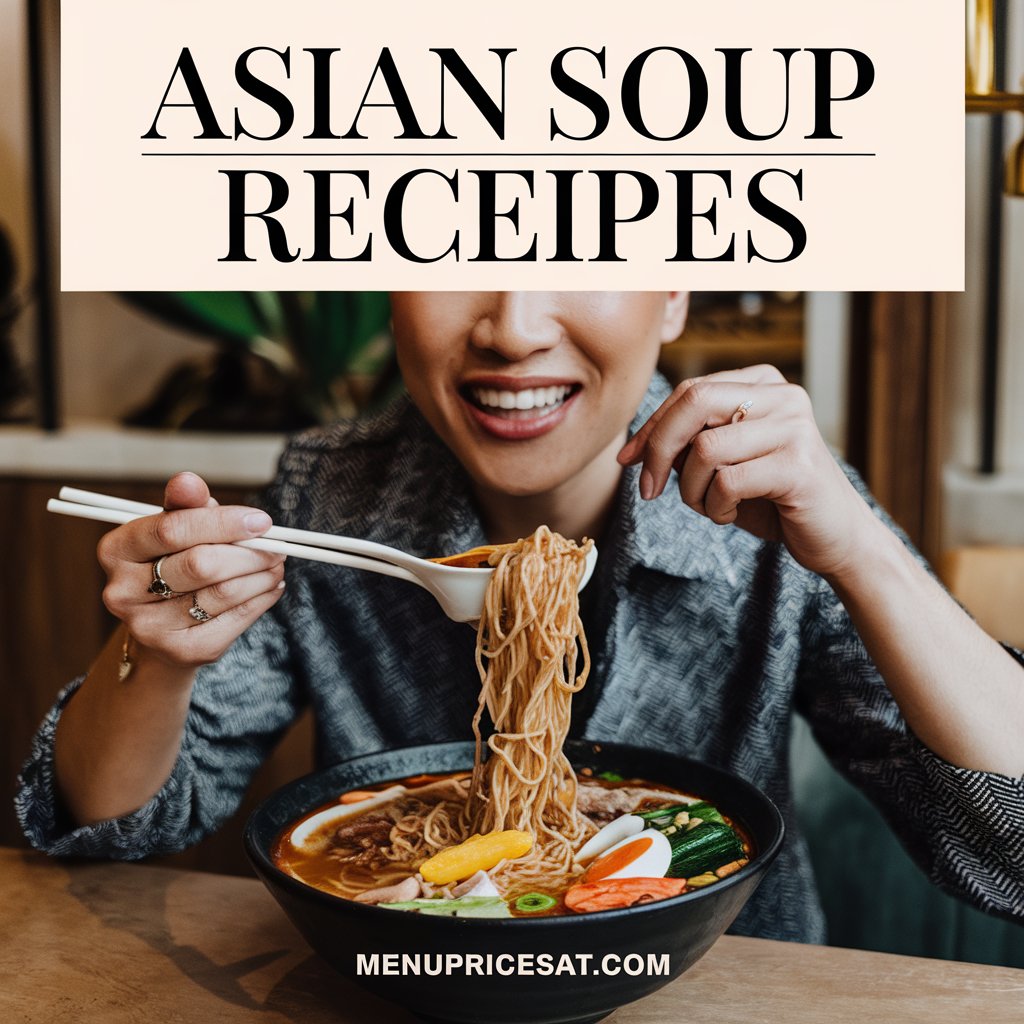
Instructions:
- Boil chicken broth with lemongrass, lime leaves, and chilies.
- Add shrimp and mushrooms, cooking until tender.
- Garnish with fresh lime juice and cilantro before serving.
4. Chinese Wonton Soup
Wonton soup is a light and savory Chinese favorite, featuring delicate wonton dumplings filled with seasoned pork and shrimp in a clear broth.
Ingredients:
- Wonton wrappers
- 1/2 lb ground pork
- 1/4 lb shrimp, chopped
- Green onions, minced garlic, and ginger
- Chicken broth
Instructions:
- Mix pork, shrimp, garlic, ginger, and green onions for the filling.
- Wrap wontons with this mixture and set aside.
- Simmer wontons in chicken broth until cooked through, then serve hot.
5. Malaysian Laksa
Laksa is a coconut-based noodle soup with a rich, spicy broth that’s popular in both Malaysia and Singapore. It can be made with shrimp, chicken, or tofu for a vegetarian option.
Ingredients:
- 2 cups coconut milk
- Laksa paste (store-bought or homemade)
- Rice noodles
- Protein: shrimp, chicken, or tofu
- Bean sprouts, hard-boiled eggs, and cilantro
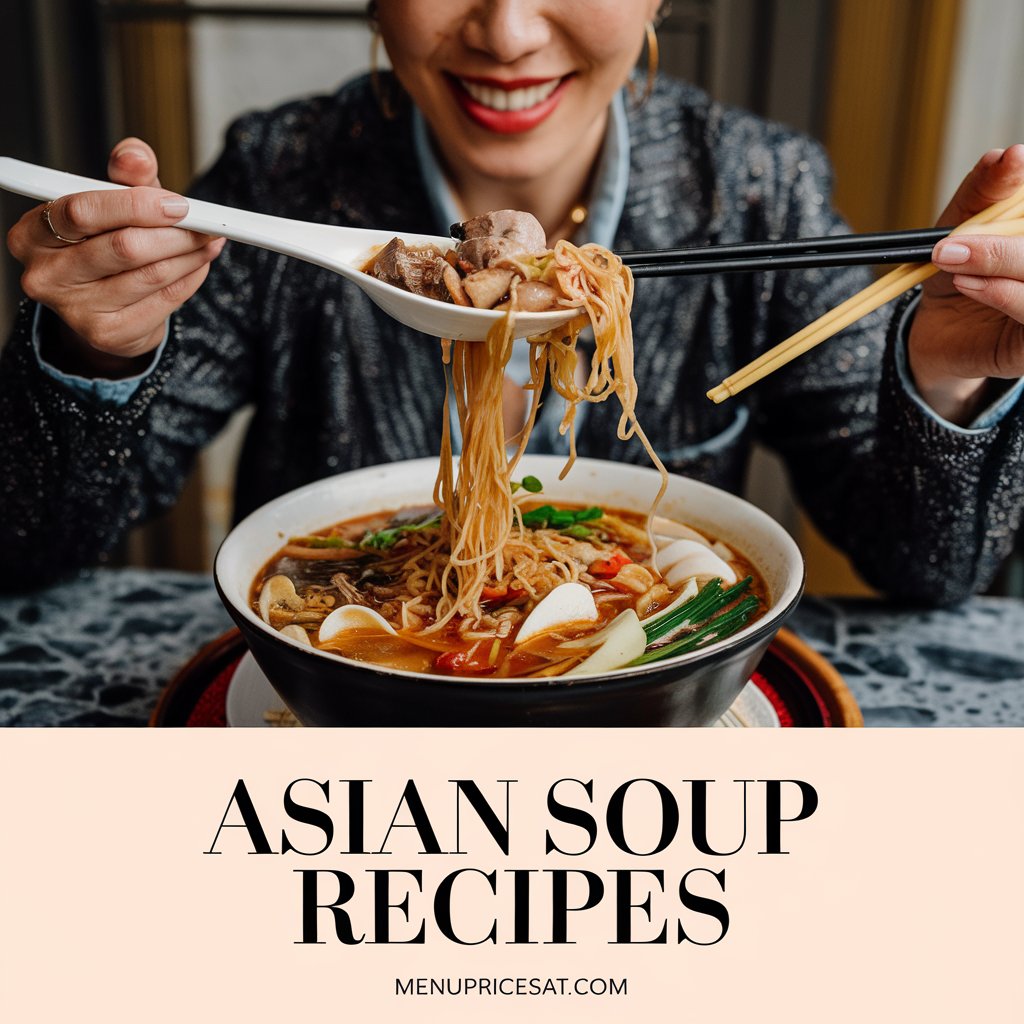
Instructions:
- Boil coconut milk and Laksa paste together to create a rich broth.
- Add noodles and your preferred protein.
- Top with bean sprouts, eggs, and cilantro for a flavorful finish.
Key Ingredients in Asian Soup Recipes and Their Benefits
Many of the unique flavors in Asian soups come from ingredients rich in both taste and health benefits. Here’s a table summarizing some key ingredients:
| Ingredient | Usage | Health Benefits |
|---|---|---|
| Lemongrass | Tom Yum, Laksa | Aids digestion, has anti-inflammatory properties |
| Ginseng | Samgyetang | Boosts immunity, reduces fatigue |
| Coconut Milk | Laksa | Rich in vitamins, aids metabolism |
| Tamarind | Sinigang | High in antioxidants, promotes heart health |
| Miso | Ramen | High in probiotics, supports gut health |
Tips for Perfecting Your Asian Soups
- Quality Broth: Most Asian soups rely on a rich, flavorful broth as their base. Using homemade broth will enhance the depth of flavor.
- Balance of Flavors: Asian soups are all about harmony. Ensure a balance between salty, sweet, spicy, and sour tastes.
- Use Fresh Herbs: Fresh herbs like cilantro, basil, and mint add an authentic flavor boost, especially in Vietnamese and Thai soups.
- Cook Noodles Separately: For clear broths, cook noodles separately to avoid excess starch from clouding the soup.
Variations to Try
If you’re feeling adventurous, here are a few twists on traditional recipes:
- Vegetarian Pho: Swap beef bones for vegetable broth, add mushrooms and tofu, and use soy sauce for a flavorful vegan pho.
- Cold Ramen (Hiyashi Chuka): Perfect for summer, this chilled version of ramen includes cold noodles with a soy-based sauce and fresh vegetables.
- Miso Laksa: Combine Japanese miso with traditional Laksa ingredients for a fusion flavor that’s creamy and umami-rich.
Final Thoughts on Asian Soups
Asian soups are incredibly versatile, offering something for every palate. Whether you’re craving the savory richness of ramen, the fiery tang of tom yum, or the gentle comfort of wonton soup, Asian soups are as satisfying as they are flavorful. They capture the heart of Asian cuisine, where simplicity meets complexity in the best way.
Take your time to experiment with these recipes, and don’t hesitate to add your own twist. After all, each bowl of soup you make can be a new journey across the varied landscapes of Asia’s culinary traditions. So, gather your ingredients, embrace the flavors, and dive into the world of Asian soups for a cozy, flavorful adventure. Enjoy every spoonful!
